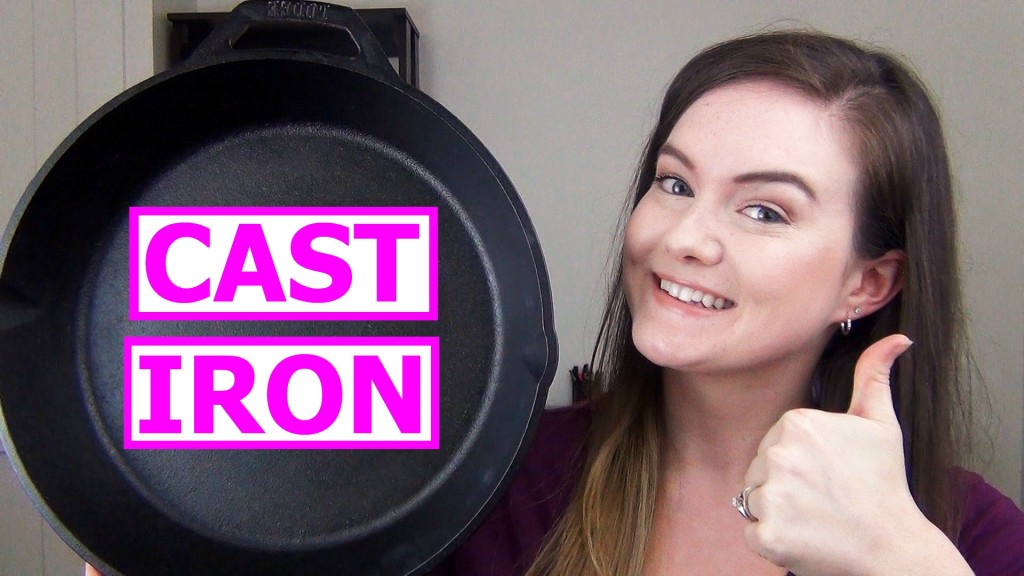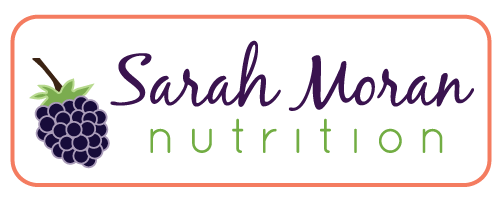 Today I have something super exciting to share with you guys! For the past month or so I've ventured into the world of yogurt making and, let me tell you, it's amazing! Now, if you know me well, you know that I'm a big fan of making things yourself. Store-bought foods usually don't stand up in terms of flavor or what's good for your health. Despite this, yogurt making seemed a little too daunting for me. I mean, super weird people make their own yogurt right? Well I'm here to prove that wrong! Or to prove that I'm super weird. I'll let you decide.
For the past couple years, as I've gotten deeper into the real/whole foods world, I've seen things about people making their own yogurt. Some used special yogurt machines and others took a "try this, it kinda works, cross your fingers" type of mentality. Neither of these appealed to me. I'm not into specialty, one-purpose equipment. It takes up space and doesn't give a great value in terms of versatility. Also, the type A and food safety side of me thought that approximate recipes for something that involves GROWING BACTERIA simply wouldn't cut it.
Today I have something super exciting to share with you guys! For the past month or so I've ventured into the world of yogurt making and, let me tell you, it's amazing! Now, if you know me well, you know that I'm a big fan of making things yourself. Store-bought foods usually don't stand up in terms of flavor or what's good for your health. Despite this, yogurt making seemed a little too daunting for me. I mean, super weird people make their own yogurt right? Well I'm here to prove that wrong! Or to prove that I'm super weird. I'll let you decide.
For the past couple years, as I've gotten deeper into the real/whole foods world, I've seen things about people making their own yogurt. Some used special yogurt machines and others took a "try this, it kinda works, cross your fingers" type of mentality. Neither of these appealed to me. I'm not into specialty, one-purpose equipment. It takes up space and doesn't give a great value in terms of versatility. Also, the type A and food safety side of me thought that approximate recipes for something that involves GROWING BACTERIA simply wouldn't cut it.
Since Jasen and I got married I've been cooking more than ever (another extra-hungry mouth to feed) and I've been more aware of our food budget. Somehow, the idea of yogurt making came back to the front of my mind. I mean, it had to be doable. Grocery stores are a new thing in the context of human history. Making this stuff yourself was once the normal thing to do. Plus, most store bought yogurt contains an additional ingredient, pectin, to make it thicker. Oh, and did I mention making it yourself is also cheaper? Sign me up! After some perusing on the internet, I've found a method that works well (I've made 4 or 5 batches) and doesn't make me worry about our safety. Plus, it's really not that hard at all! All you need is some milk and a little plain yogurt to start you out. Then, you can use your own yogurt as the starter for subsequent batches.
You simply pour your milk into a pot (I use a non-homogenized milk from this creamery) and get it heating up. A slow and steady heat would probably be best, but sometimes I'm impatient and put it on high. Use a thermometer to monitor the temperature. I prefer a candy thermometer that clips on the side of the pot for convenience.

A skin can form on top, especially if you're using a non-homogenized milk. Some people throw this out, but I'm not trying to waste stuff, so I just stir frequently to prevent the skin from forming in the first place. Once, your milk reaches 185 degrees Fahrenheit (this kills other bacteria that could compete with your culture), take it off the heat and let it cool to 110 degrees Fahrenheit.

Then it's simply a matter of adding your culture (aka yogurt), mixing well, and putting in your oven to do its thang. Make sure you don't add the yogurt before the milk is cooled, or you could kill the bacteria you're trying to grow. Wrap your pot in a towel and turn on the oven light. This creates enough heat in the closed oven to incubate the yogurt. I let it sit over night so it can work undisturbed.

When it comes out, it'll look like this! Mine is yellow on top because the fat in the non-homogenized milk has risen to the top.

Then I simply give it a stir and put it in some jars to be refrigerated. It's super yummy and there is something so satisfying about knowing you made it yourself!

Homemade Plain Yogurt
makes 2 quarts
Ingredients
1/2 gallon of milk
1 tablespoon plain yogurt
Directions
- Pour milk into a large pot with a thermometer attached or near by.
- Heat milk until it reaches 185 degrees Fahrenheit, stirring often to prevent a skin from forming.
- Allow milk to cool to 110 degrees Fahrenheit, stirring often to speed up cooling and (again) prevent a skin from forming.
- In a glass or liquid measuring cup, add the yogurt and some of the warm milk. Mix until the yogurt is completely incorporated. Pour this mixture into the pot and mix with a spoon to distribute it throughout.
- Place pot in the oven uncovered, wrap in a towel, and turn on the oven light. Close the oven and allow to sit for 10-12 hours.
- Remove pot from oven, transfer yogurt to containers, and refrigerate.
- Feel awesome about how cool you are that you just made your own yogurt!
How do you guys feel about making your own yogurt? Have you ever tried it before? Share in the comments below!
 Cast iron pans are popular among chefs and home cooks, but if you've never used one before, you might be wondering what the big deal is. Here are the basics on cast iron cookware and what you should know if you decide to get a cast iron pan for your own home.
Cast iron pans are popular among chefs and home cooks, but if you've never used one before, you might be wondering what the big deal is. Here are the basics on cast iron cookware and what you should know if you decide to get a cast iron pan for your own home.







